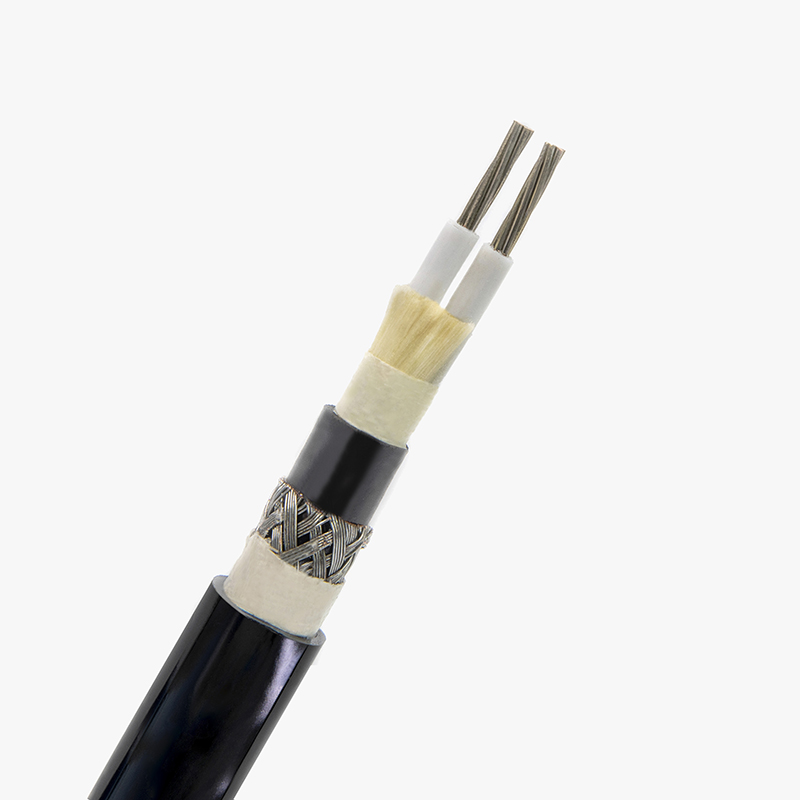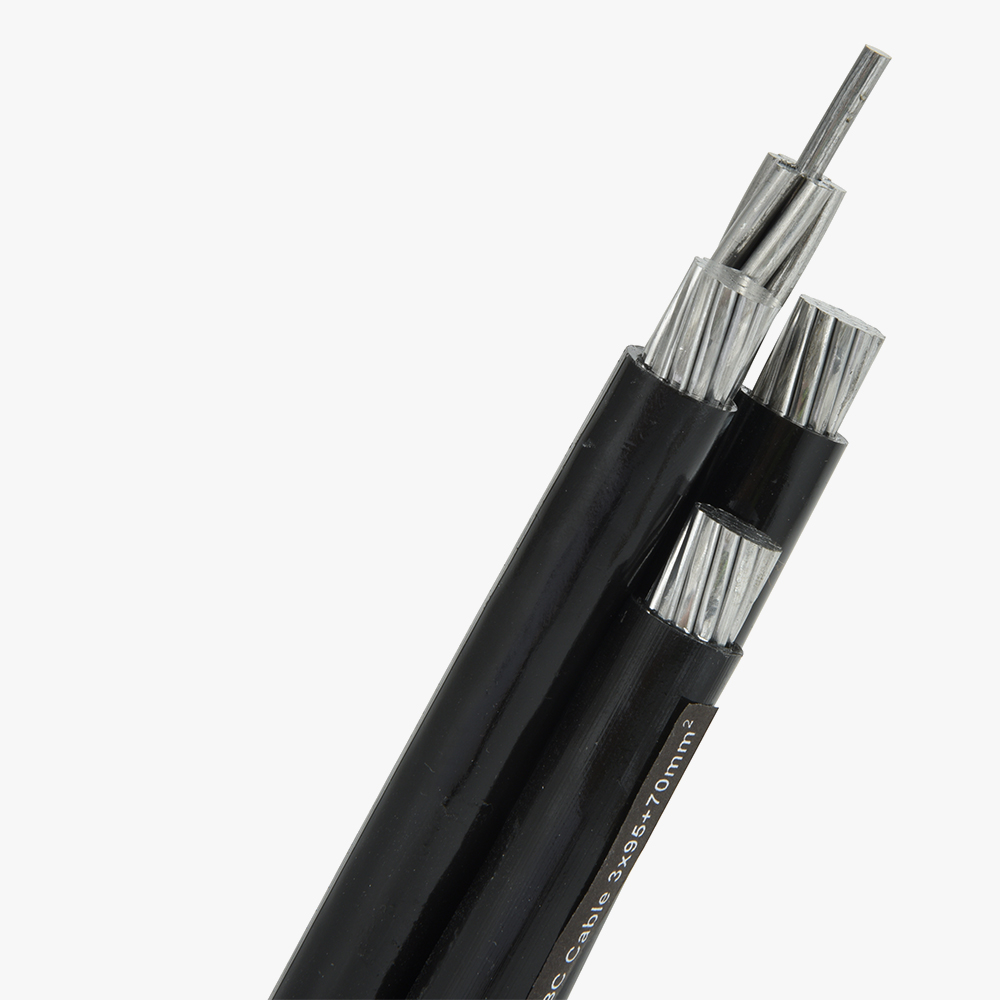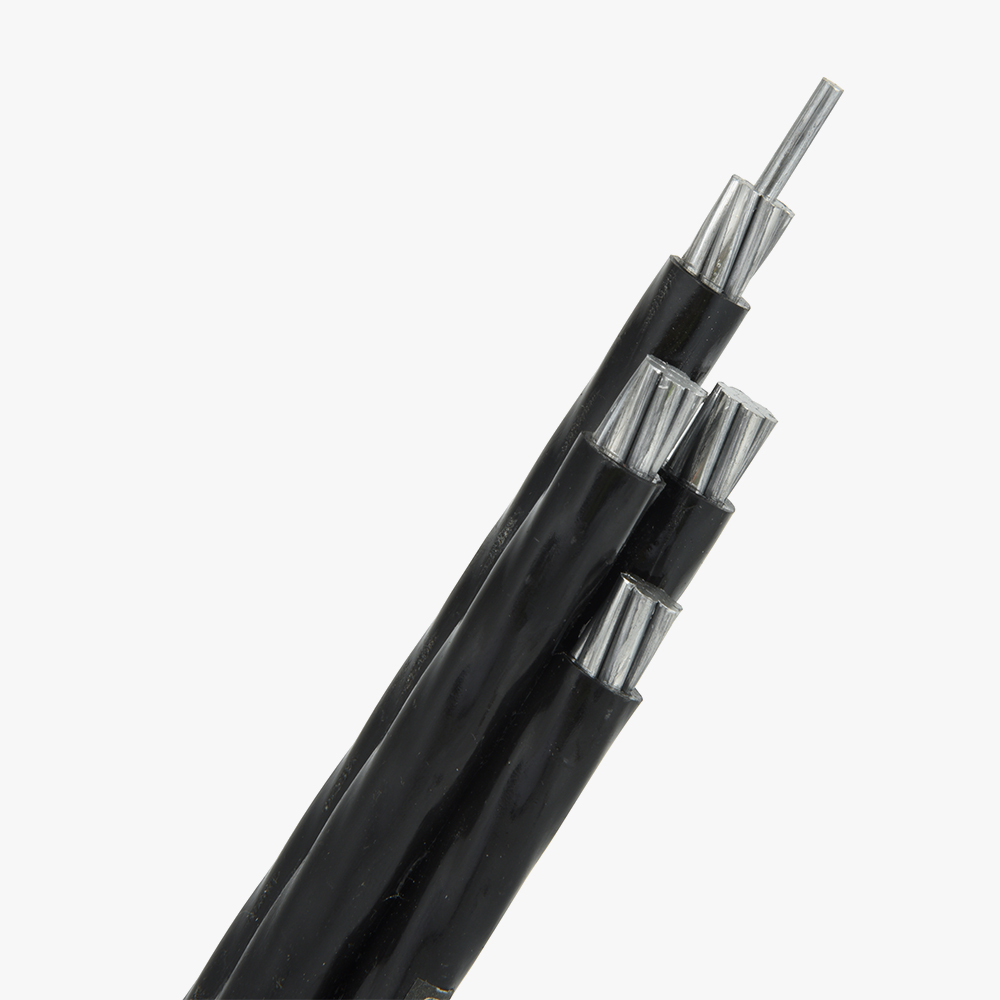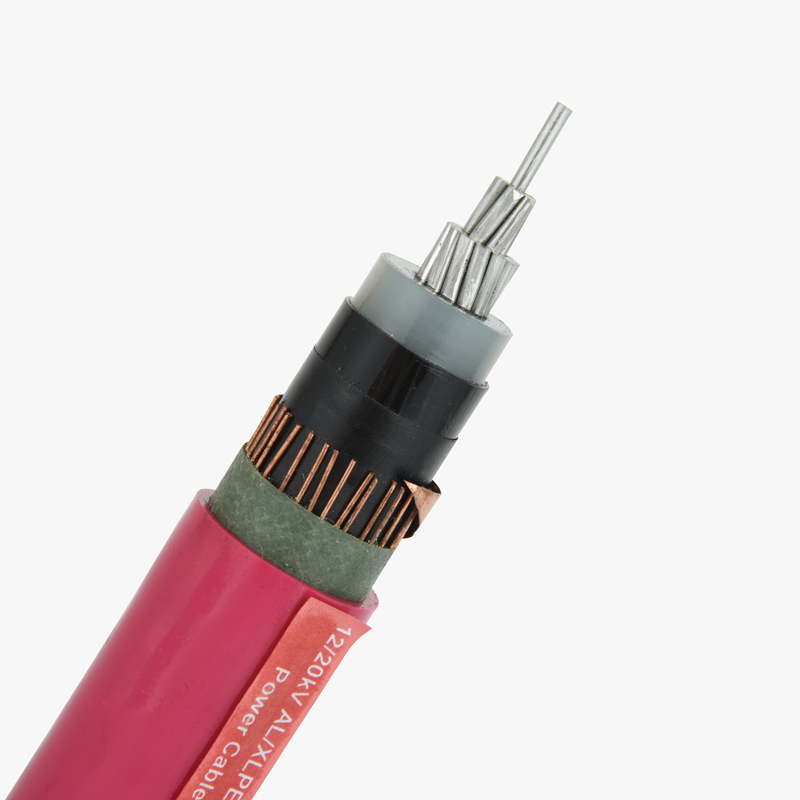What is the Difference between Single Core and Multicore Cable?
Are you struggling to choose between single core and multicore cables for your project? The decision can be challenging as both types of cables have specific applications and benefits. The cause of this confusion often lies in understanding their different structures, which impacts factors such as flexibility, current capacity, and installation requirements. As a leading manufacturer and wholesaler, QRUNNING offers high-quality, customizable solutions tailored to your project’s needs. With our wide range of single core and multicore cables, we help you make the right choice, reducing risks and ensuring long-term reliability.
Understanding the differences between single core and multicore cables is crucial for selecting the right type for your electrical needs. Single core cables are simple, while multicore cables offer more versatility for complex wiring systems, making them suitable for diverse applications.
Now that you have a basic understanding, let’s dive deeper into the details of both cable types and their advantages for your project.
What is Single Core Cable?
A single core cable consists of one conductor that carries electrical current, typically made from copper or aluminum. This conductor is surrounded by an insulating outer sheath. Due to its straightforward design, single core cables are easy to install, lightweight, and cost-effective. They are ideal for simpler applications, such as domestic wiring, and are widely used in power distribution systems where the transmission of electricity is direct and uninterrupted.
The main advantage of single core cables is their low resistance, making them highly efficient for power transmission. They are particularly useful in low-voltage and medium-voltage environments. Their minimal structure also makes them durable and customizable to different installation needs. As a trusted supplier, QRUNNING provides a range of single core cables that meet international standards, ensuring safe and reliable electrical performance.

What is Multicore Cable?
In contrast, multicore cables are composed of multiple individual conductors, each carrying its own electrical current, and are bundled together within a single outer sheath. These cables are typically used in applications requiring more complex wiring systems, such as industrial equipment or sophisticated power distribution setups. The multiple conductors in multicore cables provide greater flexibility and are suitable for transmitting various signals, including power, data, and control signals simultaneously.
The outer sheath of multicore cables provides protection against external factors such as moisture, chemicals, or extreme temperatures. Their ability to carry multiple currents makes them ideal for high-voltage applications in industries like manufacturing, telecommunications, and construction. Wholesalers and manufacturers often recommend multicore cables for more complicated projects that require efficient, organized wiring systems.
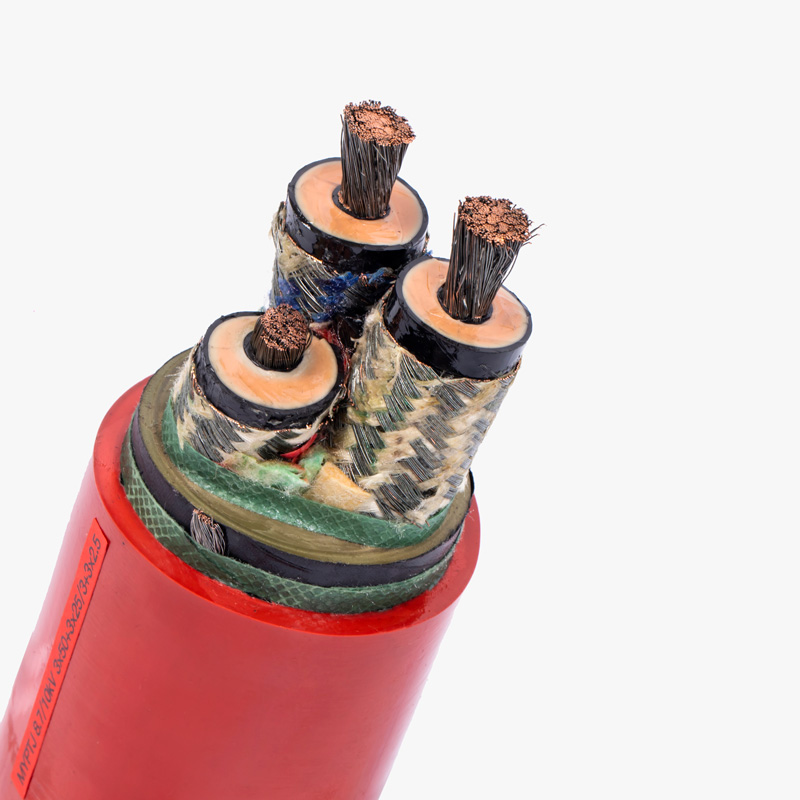
Single Core Cable VS. Multicore Cable
Choosing between single core and multicore cables depends on the requirements of your project. While single core cables offer a simpler, more cost-effective solution for basic installations, multicore cables provide more flexibility, handling multiple signals and currents within a single cable structure. Single core cables excel in projects with straightforward wiring needs, such as home electrical systems, whereas multicore cables are more suited for complex industrial, commercial, or large-scale projects.
Another critical difference lies in installation. Single core cables are easier to lay out in environments where space is not a concern and are typically installed in a direct path. In contrast, multicore cables offer more versatility in confined spaces, allowing for organized and easier routing of various types of signals without cluttering up the installation area.
In terms of cost, single core cables are usually more affordable, but multicore cables offer more value in projects requiring higher performance, signal clarity, and long-term flexibility. Selecting the right type ensures that your installation is both cost-effective and reliable, avoiding unnecessary downtime or maintenance costs. As a leading supplier, QRUNNING offers both options, with customizable solutions tailored to each project’s unique specifications.
| Feature | Single Core Cable | Multicore Cable |
|---|---|---|
| Installation | Simple, direct path, easier in open spaces | More versatile in confined spaces, organized routing |
| Application | Ideal for basic wiring, such as residential electrical systems | Suitable for complex, industrial, and large-scale projects |
| Cost | Generally more affordable | Higher cost but provides more value for complex installations |
| Flexibility | Less flexible, simpler design | More flexible, handles multiple signals and currents |
| Performance | Good for basic tasks, lower current capacity | Better for high-performance, signal clarity, and long-term flexibility |
Conclusion
In conclusion, single core and multicore cables both offer distinct advantages. Choosing the right cable depends on your project’s complexity, space constraints, and budget requirements. QRUNNING, as a trusted wholesaler and manufacturer, helps you select the best solution for reliable, safe electrical performance.

